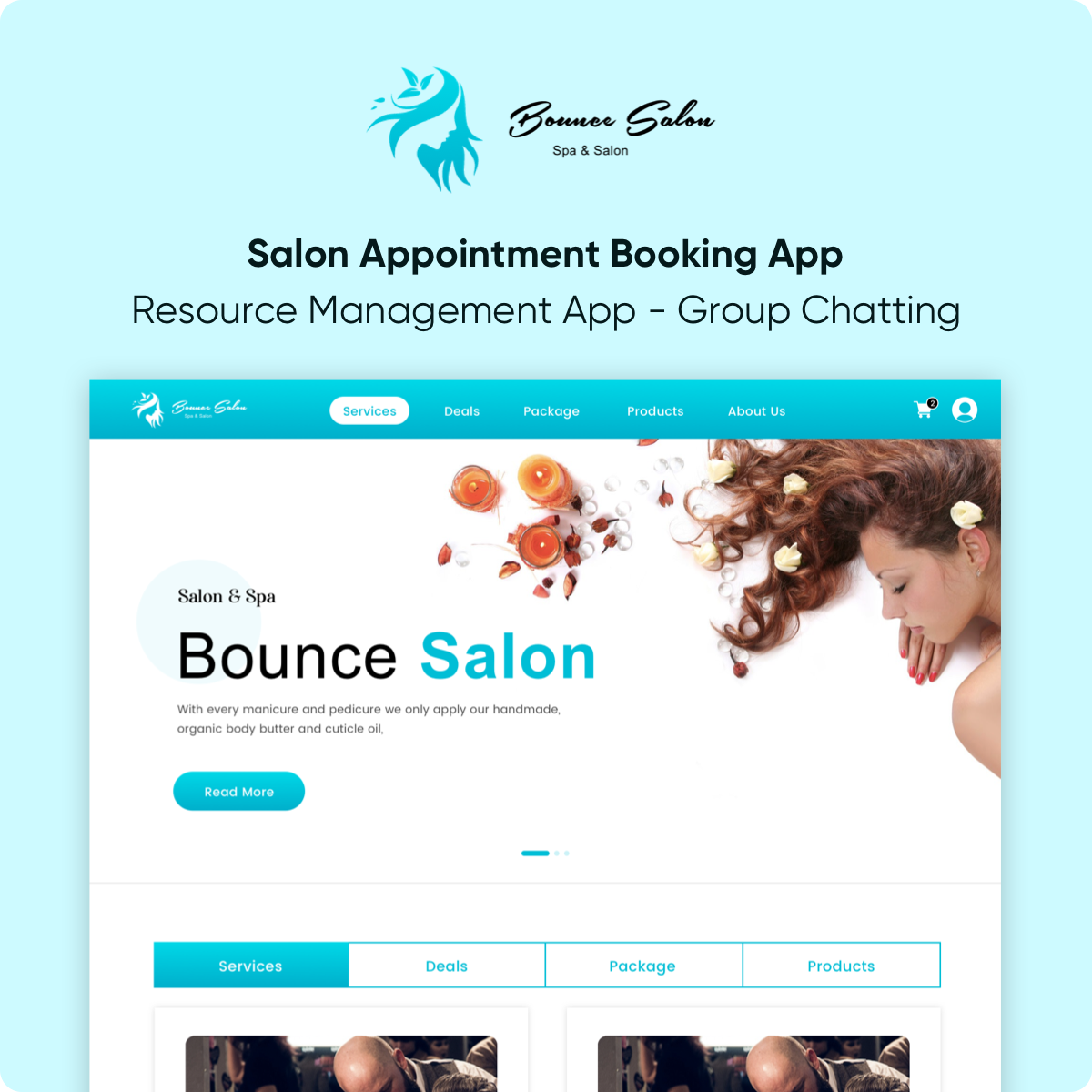With changing times, humankind, environment, lives, and technology are all changing and evolving. We have shifted from traditional to digital to AI, and progress has been seen into major transformations from time to time.
With such complex everyday changes, technology has always been ahead of its time. It has paved the way for our future - right from work to leisure. Amidst this, the most important aspect we look for is Quality. Quality is the king in the kingdom of technology!
To step ahead from the problems faced by the traditional methods of software testing, the term “elastic” quality assurance or elastic QA has been widely used as a solution. As the name suggests, this approach aims to be more flexible in its nature of testing and QA.
Elastic QA is a combination of human skills with technology mixed in the right proportions to provide the ultimate result of adequate speed and quality along with generating optimum value. It is imperative to understand the importance of ‘human skills’ while upgrading to automation. Studies have shown that human intervention is a highly crucial part of any process along with automation to keep in tab those intangible factors that machines neglect.
However, speed is essential and ranks number 1 in the race to finish, even when your engines fail or the car crashes! This determines your quality and whether speed will triumph along with your car, aka your quality intact. Let’s face it; you do not want to go through the consequences of poor speed and poor customer experience. The digital world is not that forgiving after all, and a passive app will get deleted without a second chance!
Every company differs in its approach to elastic QA according to their functioning and requirements. For example, some companies prefer to hire an inhouse QA team while others prefer outsourcing. The three golden words in any QA process are speed, quality and value. In the end, it all comes down to the question of who can provide speed and quality along with realizing the desired value for the products and services?
Elastic QA saves time and resources, the two most crucial aspects, by eliminating the need to hire internal resources. This can be done so by opting for crowd-sourced testing.
Crowd-source testing is a software testing technique that provides efficiency, benefits, and effectiveness of crowdsourcing and crowd platform. Instead of internal contractors, the crowd performs the tasks and operations. The software has been proven to be more reliable, realistic, bug-free, and cost-effective.
Other benefits include instant feedback, real insight from the practical world, multiple testing, and better productivity. Since the pool of testers is diverse in languages as well as locales, crowd-sourced testing helps in shortlisting applications which are based on localization.
Elastic QA helps address your pain points by providing your QA team with a platform to communicate workload balance to avoid test case bottlenecks transparently. It is extremely important to avoid these points of congestion for any process for it to run smoothly and error-free.
The problem of stretching your internal resources gets eliminated as well as communication on prioritizing the bugs can be prevented from falling through the cracks. Bottlenecks delay the process and cause time hindrances. This leads to reduced efficiency and reduced cost-effectiveness, not to mention high production costs.
As mentioned above, Elastic QA solves the issue of localizing. Say, for instance, you launch an upgraded version of your app in a foreign place. This is likely to invite problems with the correct app localization. Since this new approach invites the concept of crowd testing, it allows a global reach and network to find testers to that new place and ensures that your app is localized correctly, according to the local region.
Another excellent feature of the concept of Elastic QA is that it allows testing the software on multiple devices, versions, networks, etc. This increases the chances of finding any errors and thereby correcting them. This, in turn, leads to more significant opportunities for a better, more efficient product after its testing.
A quality customer experience is one of the most critical aspects for any product to sustain and thrive. Multiple testing on various devices allows to avoid the common grounds of mistake and offer a seamless experience. For instance, there are many apps that do not work in an Apple phone until and unless they are upgraded. There are many apps that do not function properly in either android or iOS systems.
Elastic QA solves the problem of internal hiring. This saves cost and time, which ultimately shortens the release cycle of a product. This is a win-win for both the product and the customers. A release cycle is the sum of stages of software from its development to maturity. You can also consider a QA partnership and monitor your needs accordingly.
The essence of time and money along with the touch of human skills are required in these changing times. Elastic QA provides just that, monitoring speed, controlling costs, and providing value.
The flexibility of elasticity in quality assurance combines workforce and technology in the correct ratios and produces a far better outcome than traditional methods.
Migration of programs to the cloud is a difficult task. That necessitates careful planning and extensive experience on the part of the team in charge. If you wish to move your applications to the cloud effectively, you need to follow the steps outlined above.


 Browse Our Services
Browse Our Services
